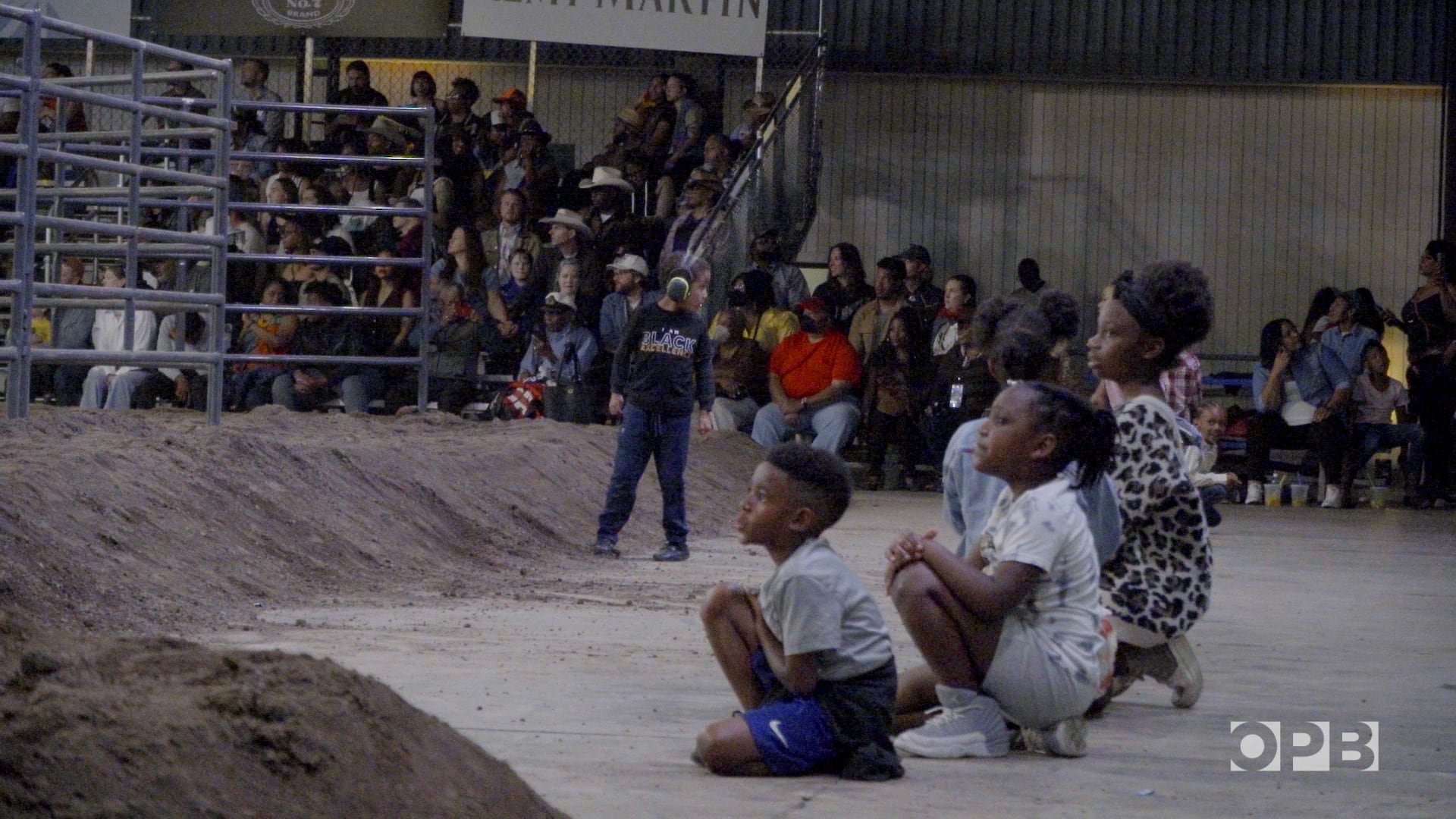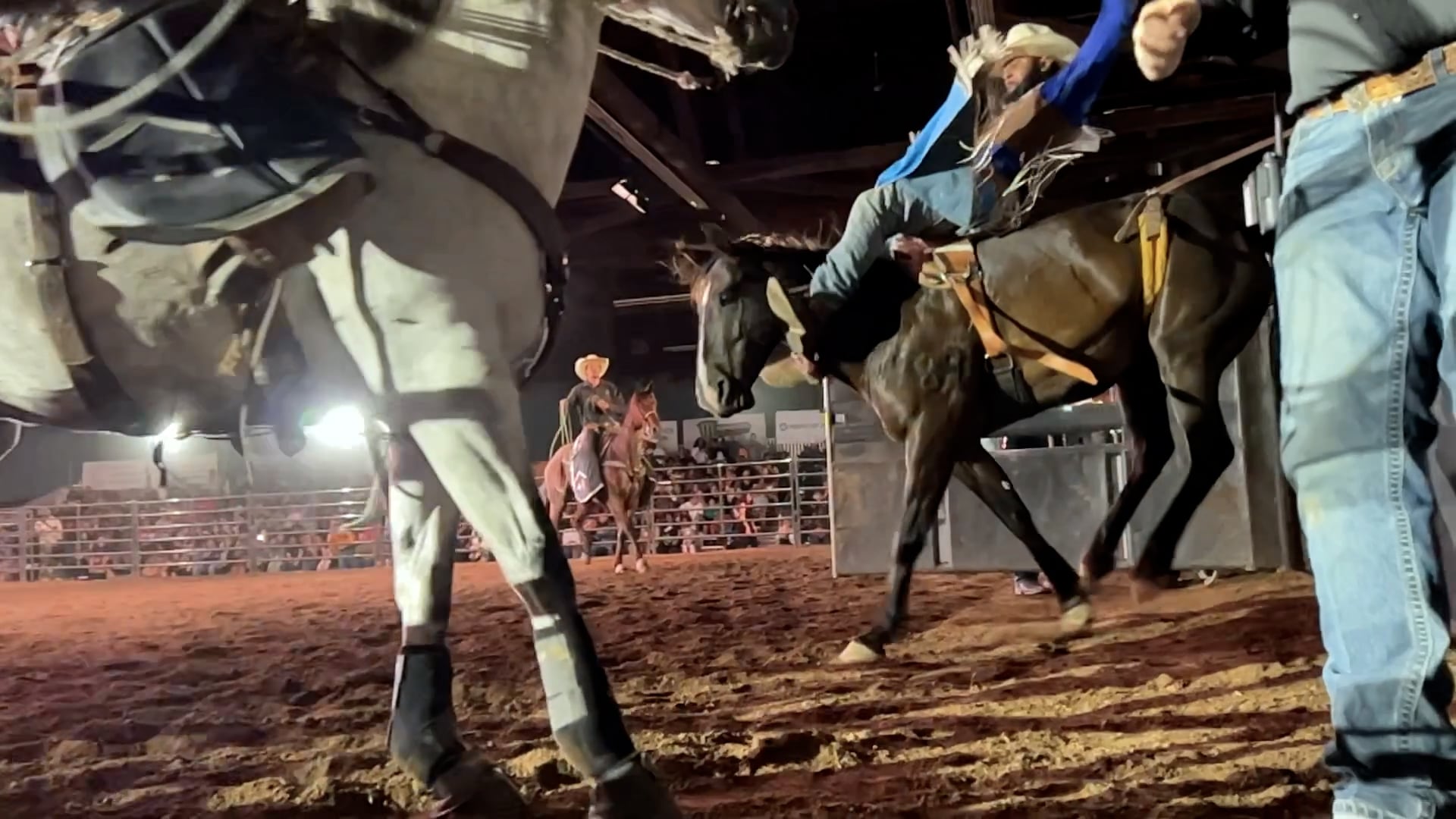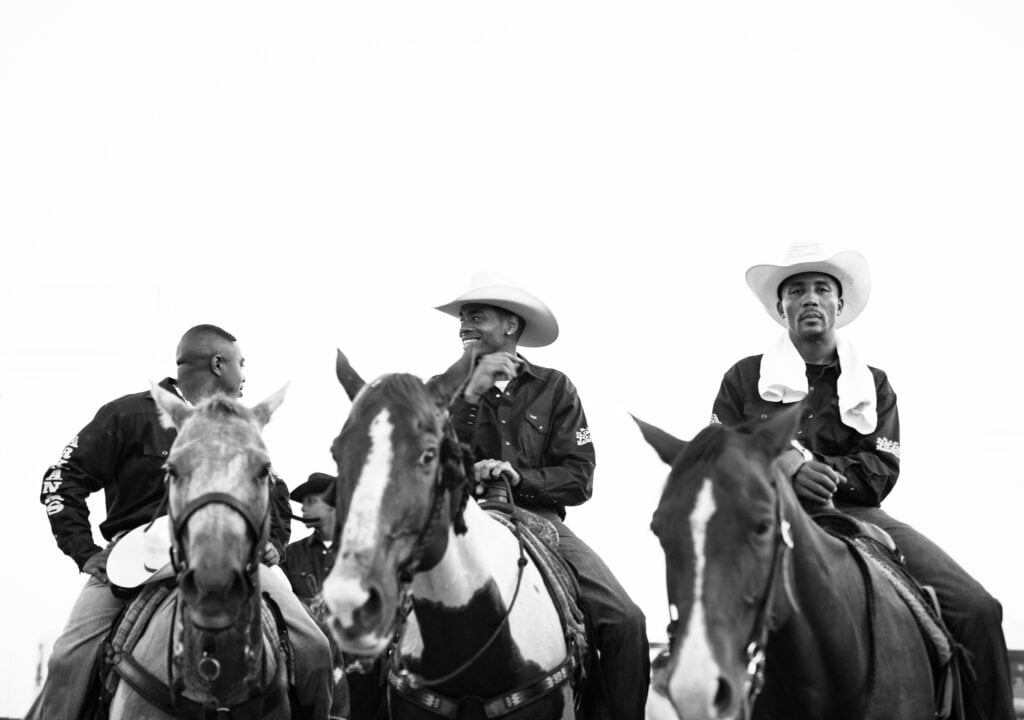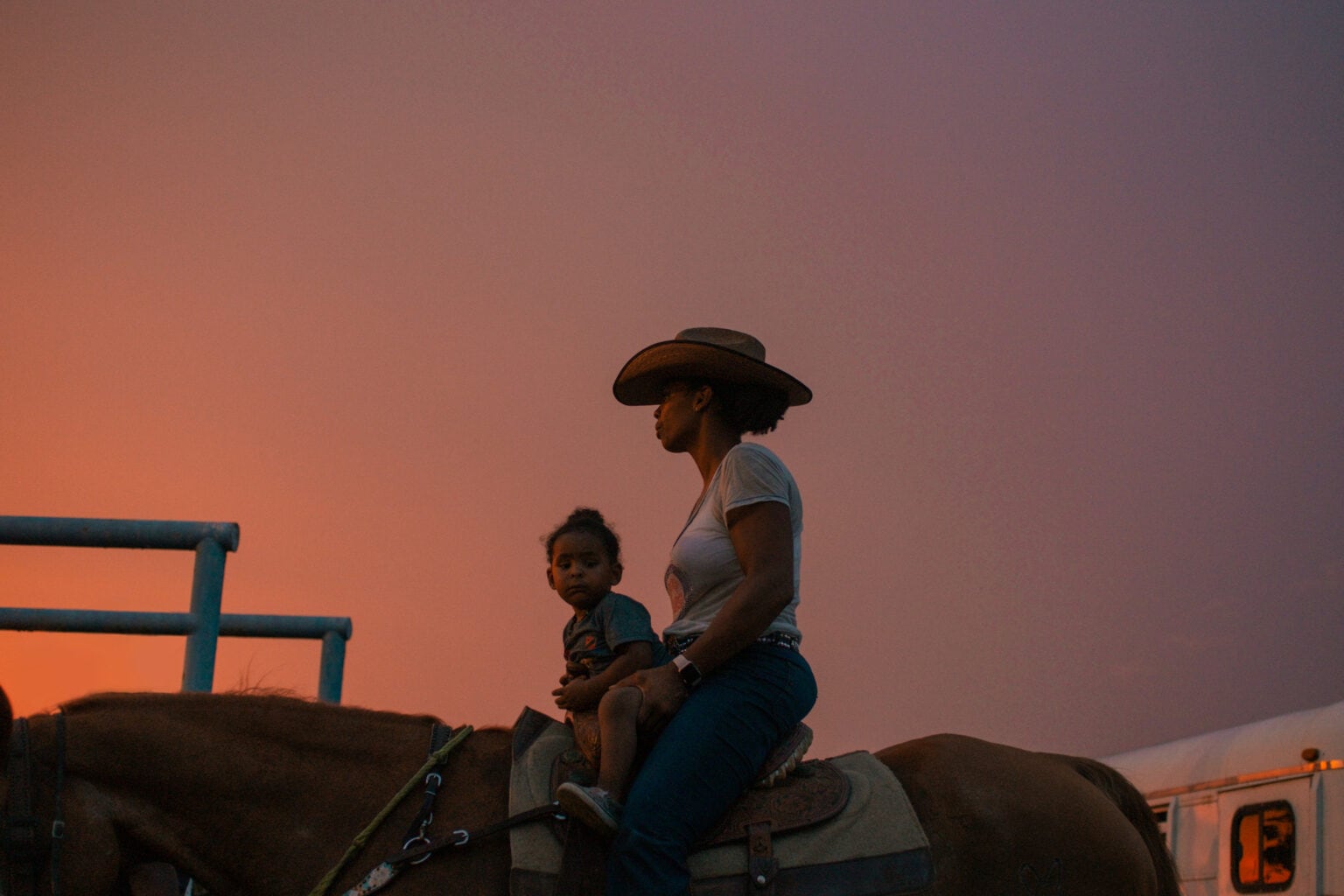

Published on: 06/07/2025
This news was posted by Oregon Today News
Description
Three years ago, Portland had its first Juneteenth Rodeo, and it has returned each year to packed crowds, selling out the Veterans Memorial Coliseum, even at 7,200 seats compared to the 2,500 seats at the Expo Center the first year. This year, for the first time, there will also be a sister event, an Eight Seconds Rodeo in Philadelphia, Pennsylvania, in September.
Ivan McClellan, founder of the Eight Seconds Rodeo and renowned photographer of Black cowboy and cowgirl culture, spoke with OPB after Portland’s first wildly successful Juneteenth rodeo in June 2023, and shared how the rodeo came to be.
History of Portland’s Juneteenth rodeo
“I had had the idea to do my own rodeo for about two years and I had been talking to other cowboys and other rodeo producers about it,” McClellan said. “The idea was that we would do an inclusive rodeo. We would do a rodeo for everybody except for traditional rodeo fans, and we would bring out folks that just hadn’t felt comfortable going to an old fashioned rodeo.”

His plan was to hold it in Kansas City, where he’s originally from, but then Vince Jones Dixon, a friend of McClellan’s and a city councilor in Gresham, proposed they do it in Portland as a way to celebrate Juneteenth.
“We kept talking about it and the more we talked about it, I was like, you know, more than Kansas City, a rodeo in Portland would have a huge impact on the population here,” McClellan said.

Initially, it was difficult to convince potential sponsors that Portland was a logical place to hold a Black rodeo.
“The planning process was painful. Because everybody in Portland and outside of Portland thought we had lost our minds. They said, ‘Why would you do it there?’ ... There’s no Western culture there!”
Ticket sales were slow until their first ad, and then, McClellan said, “It just sort of caught fire and everything went.”
Within a couple of days, all 2,500 seats had sold out. They had a thousand more people who came, hoping to get tickets at the door, who could not get in.
The event itself? The first annual Eight Seconds Juneteenth Rodeo was an unmitigated success.

“I think it was most of the people in the audience’s first rodeo that they’d ever been to…People came in and they were dressed to the nines and they were having so much fun. Everybody was laughing and talking in the stands, packed shoulder to shoulder.
“The athletes had a great time. They keep calling me and they’re like, ‘Is next year’s event on? I want to start planning…' They got that gift of energy from the crowd as well.”
Photographing Black cowboy and cowgirl culture
“I’m definitely not a cowboy myself. I’m an artist,” McClellan said.
McClellan found his way to Black rodeo through his photography. His photographs of Black cowboy and cowgirl culture have an unfiltered power to them. The New York Times has featured him three times, Forbes has covered him, as well as CNN, The Washington Post, and many others. He has published a book of his work, been featured on podcasts, and his photographs are in museums.

During the interview, McClellan shared how he got into photographing Black rodeos and why he thinks his photographs resonate with people.
“I always liked Westerns… And when I found out that there were Black cowboys, it just kind of shattered a lot of those images that I had seen in films. And it was like, wow, this culture that I love is related to this culture that I’m from… It just was so exciting and so compelling to see that I kept going back because it was like living out a real Western in real life and but it was real comfortable, you know, it wasn’t like going to a traditional rodeo.
“It was like going to a family reunion or like going to church, you know, spaces that I had been in my whole life.”
McClellan spoke further about how deeply the strong white cowboy image is buried in our American psyche, and how his photography disrupts the idea that cowboy culture is something that only belongs to people who look like John Wayne and Clint Eastwood.

“Spaghetti westerns are wonderful. I love that iconography… I say icons, because if you see a cowboy hat, it means something, you know, it means independence. It means self-sufficiency. It means all of these things that we pride ourselves for in America.
“But I think taking that icon and merging it with a Black man or a Black woman means something as well, means something deep. It takes a lot of the stereotypes and the prejudices that we have about a Black person and we are merging with our most noble ideas.
“And it makes you think. It kind of disrupts something in your brain. Or if you’re a Black person, it gives you a sense of pride. It says, yes, that I knew it this entire time. Why has nobody connected these two before - I had the peanut butter and jelly, somebody put those two things together. This is amazing.”
I asked McClellan about truth, and how his photographs have such an element of realness in them.
“I don’t take these people out of their element… We’re in people’s backyards… A lot of times we’re in a field. And on the other side of the field is the trailer that they live in," McClellan said. “And so these are their horses. This is their land.”

“I think it’s important to be honest to your truth, but not to think that your truth is anyone else’s.
“I’ve seen people go into this rodeo space and have a completely different truth than me…The way that I capture rodeo, the way that I capture Black cowboys is based on my experience and based on my viewpoint, my angle. It’s based on how I exist in a space.”
Other Related News
06/07/2025
Kidnapped by a Killer The Heather Robinson Story the true-crime Lifetime story about a kid...
06/07/2025
Dear Eric My husband and I have been estranged from our 17-year-old granddaughter for eigh...
06/07/2025
By Proclamation from Governor Kotek June 2025 has been designated as Search and Rescue mon...
06/07/2025
Following last nights thrilling comeback win in the Corvallis Super Regional the Oregon St...
06/07/2025











